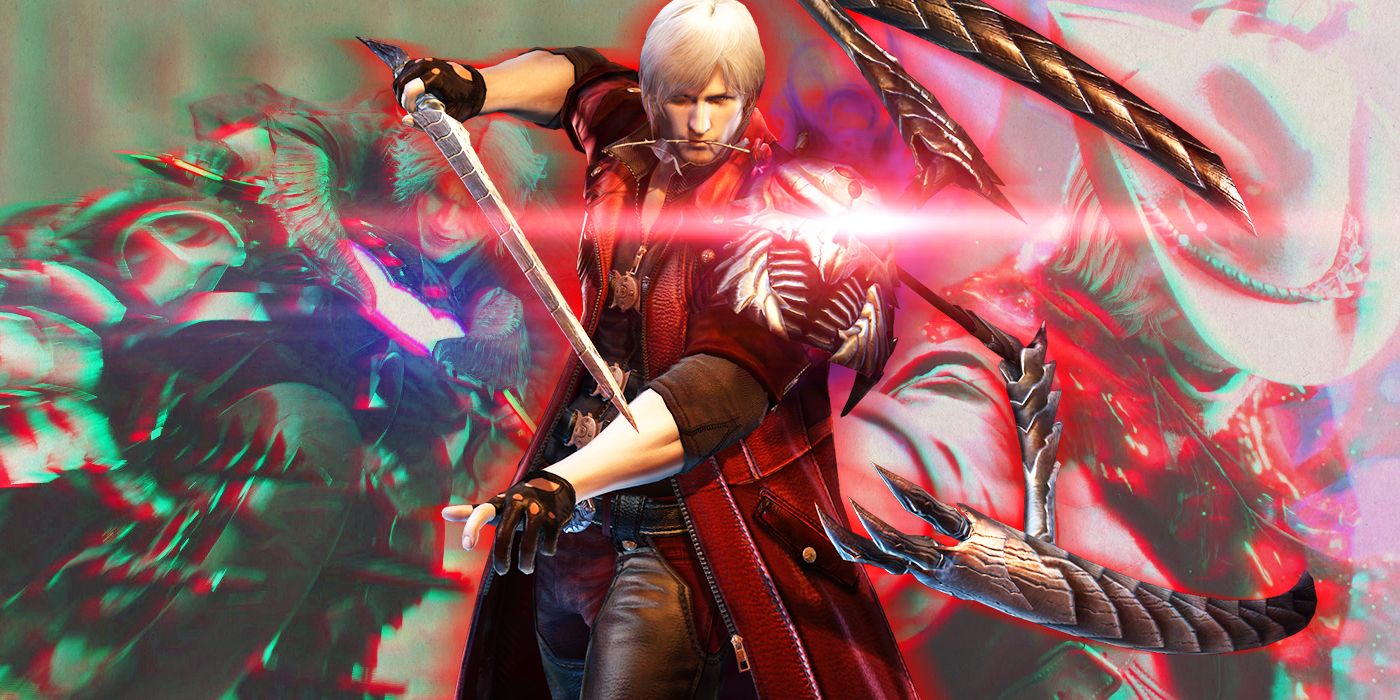
For twenty years, gamers have battled demons and evil cults in Capcom's enormously popular Devil May Cry series. Following the adventures of the cooly confident professional demon hunter Dante, the games have taken players across epic hack-and-slash adventures to prevent the forces of Hell from conquering the Earth. Along the way, Dante has been joined by other demon hunters, each with their own formidable array of weapons, supernatural powers and fighting techniques.
Ahead of the franchise's 20th anniversary this August, here is the definitive ranking of the video game series' six main installments. Rankings are based on aggregate professional critics' scores from review aggregate site Metacritic.
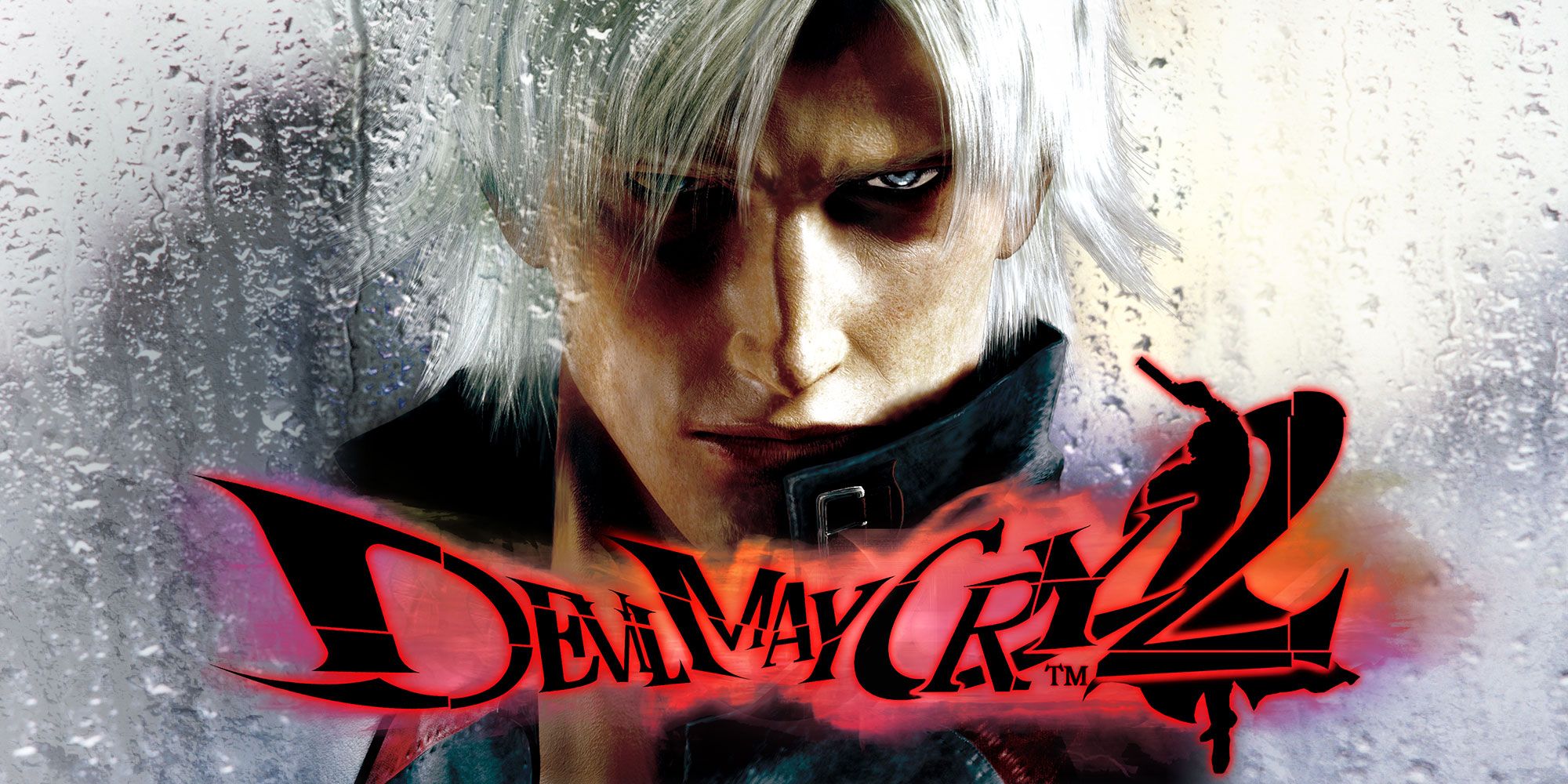
The lowest ranked Devil May Cry by a considered margin is 2003's Devil May Cry 2, first released for the PlayStation 2. The game's story follows Dante and Lucia as they move to stop a sinister businessman named Arius who plans to conquer the world by raising the demon Argosax. Players could choose between the two protagonists and play as Trish after beating the game on Hard Mode with Dante.
Criticism primarily was focused on the significantly easier difficulty level in comparison to its predecessor, requiring less strategy from players as they battled their way through enemies and bosses. Reviewers also felt the game lacked its own personality. Many of the weapons were viewed as retreads from the original, while Dante himself was seen as far less personable in his sophomore outing.
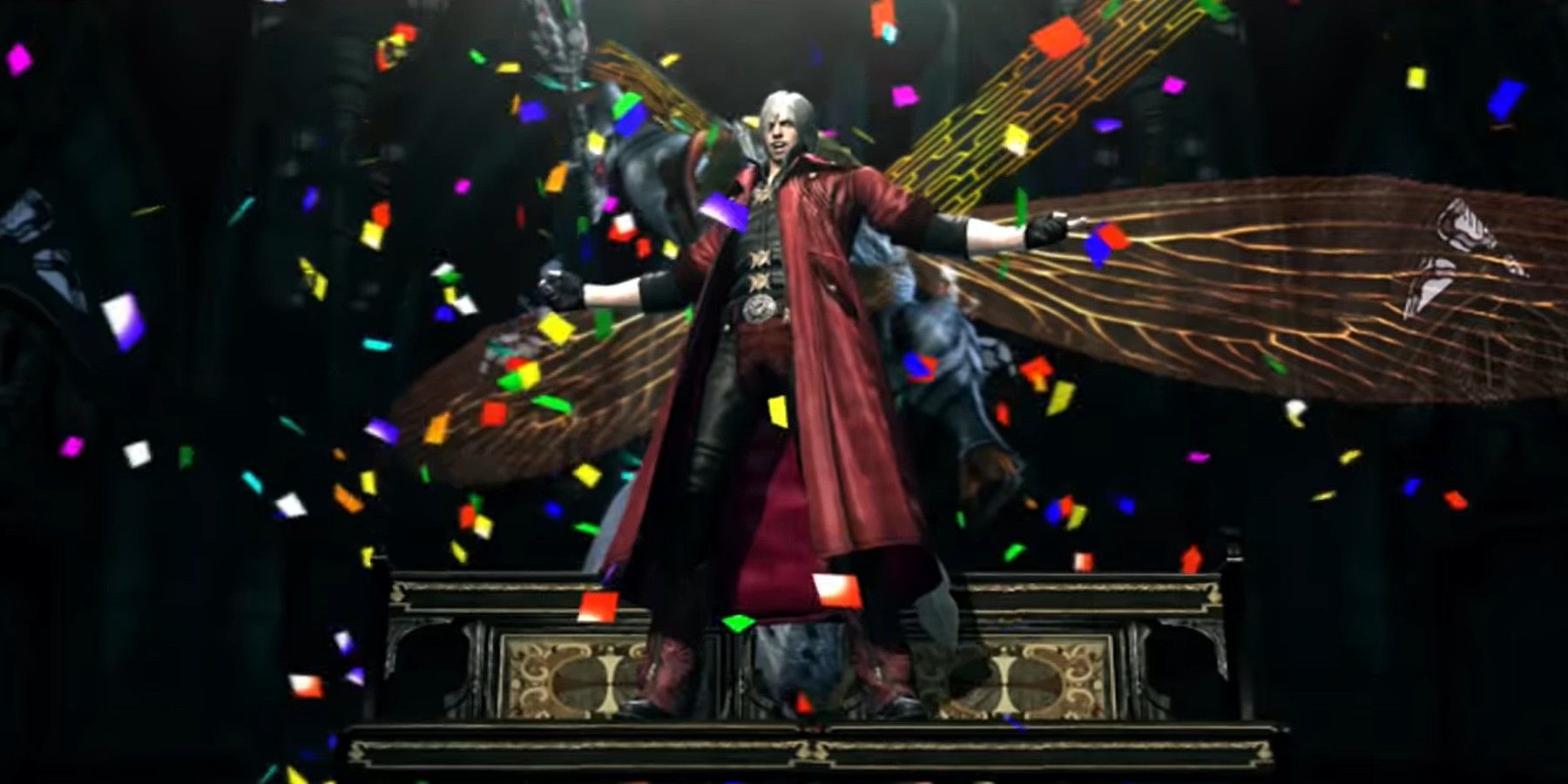
2008's Devil May Cry 4 marked the first game in the series that wasn't released exclusively on a Sony console at launch, with the PlayStation 3 game releasing simultaneously with an Xbox 360 version. After Dante attacks a religious sect known as the Order of the Sword, a young demon hunter named Nero pursues him before learning his true origins and the motives behind the Order he once served.
Critics praised the gameplay changes with Nero and his prosthetic arm, the Devil Bringer, as well as the game taking advantage of the PS3 and Xbox 360's hardware for technical improvements. However, the game was criticized for its repetitiveness, with players replaying the same levels in reverse as Dante after progressing through them with Nero. A remaster released for the PlayStation 4, Xbox One and PC in 2015 was warmly received, updating the technical specifications, adding new story content and making Trish, Lady and Vergil playable characters.
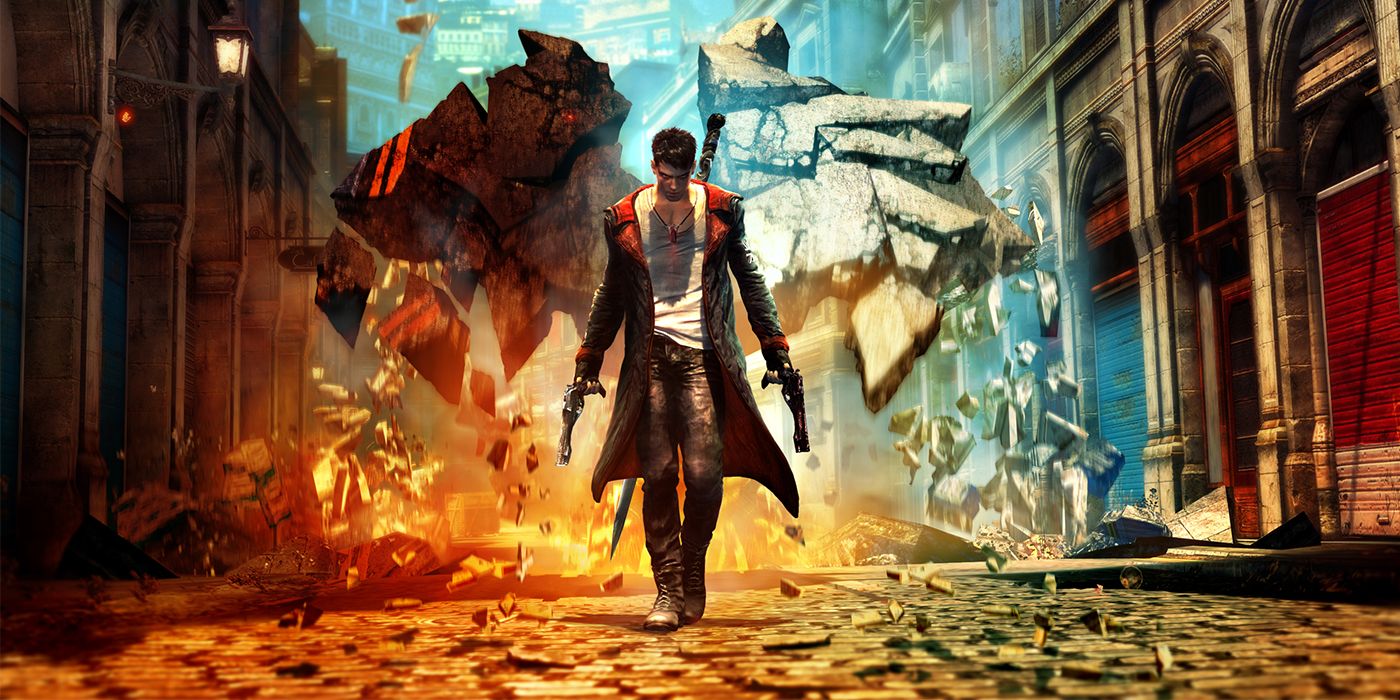
British developer Ninja Theory took the reins on 2013's DmC: Devil May Cry, intended as a complete reboot of the series on the PS3 and Xbox 360. A younger Dante teams up with his brother Vergil to take revenge on Mundus, the demon king that murdered Dante's mother and condemned his father to eternal suffering.
While fans were divided on the need to reboot the series, critics were more favorable overall to the game on its own merits -- rebooted narrative and character redesigns aside. Reviewers noted the combat system was more intuitive and polished, yet still familiar, and the game's art design earned praise. Still, platforming sequences and camera controls were criticized, and Capcom would return to the franchise's original timeline with the follow-up.
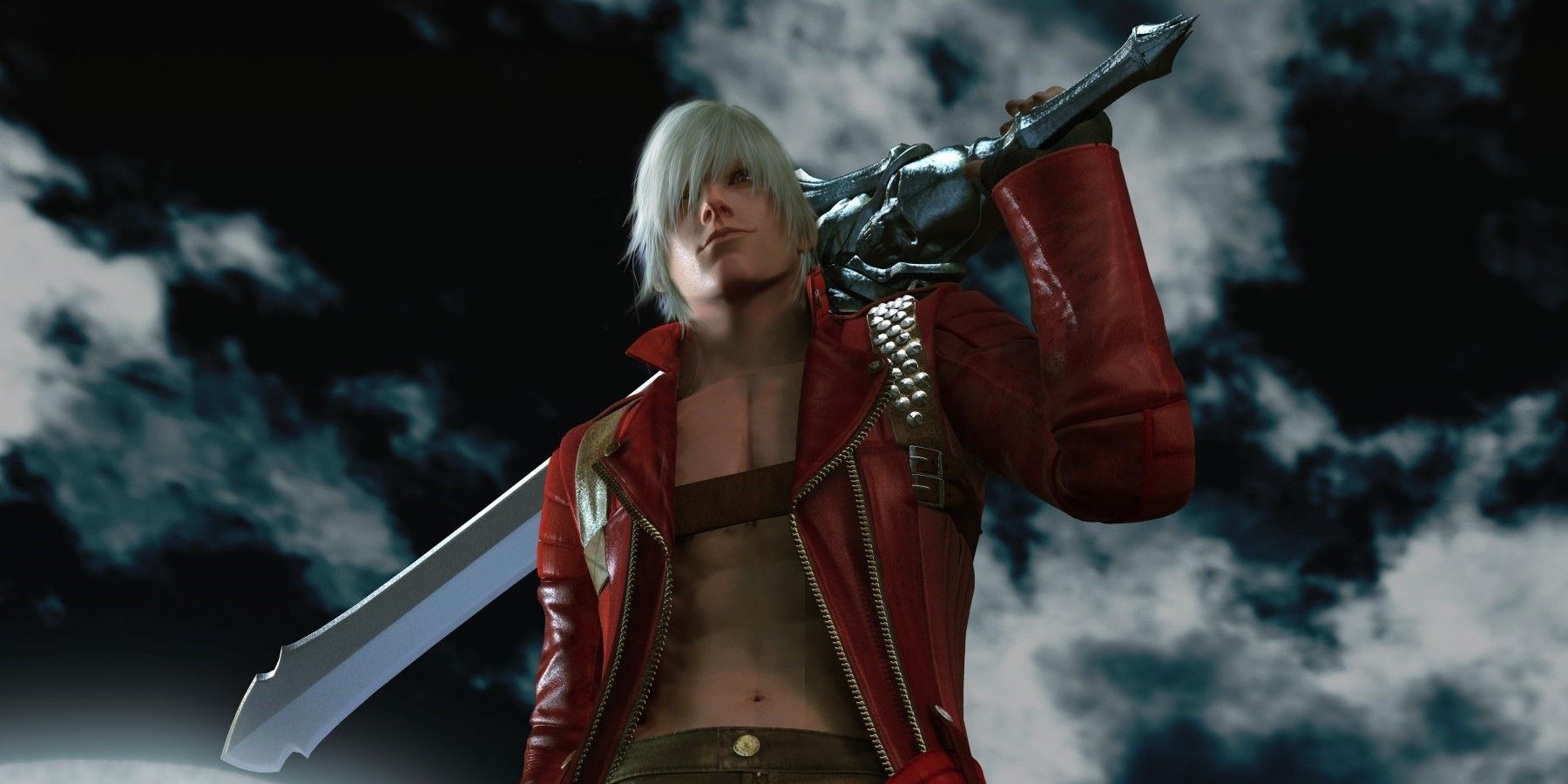
After the middling critical response to Devil May Cry 2, Capcom decided to take the series back to the beginning with a prequel set a decade before the events of the original game. Devil May Cry 3: Dante's Awakening released on the PS2 in 2005. As Dante opens his demon hunting services, he has to contend with his complicated relationship with his brother Vergil and stop his plot to unite the demon and human worlds.
In response to the criticism of DMC2, Capcom decided to refine the series' combat system and environment design while shedding more light on the origins of its cocky protagonist. While critics found the North American version of the game overly difficult, Devil May Cry 3 was universally acclaimed and credited as a landmark for 3D hack-and-slash gameplay, kickstarting the sub-genre of extreme difficulty hack-and-slash titles like Dark Souls. Subsequent rereleases of the game would include the ability to toggle the difficulty settings to make it more accessible to casual gamers.
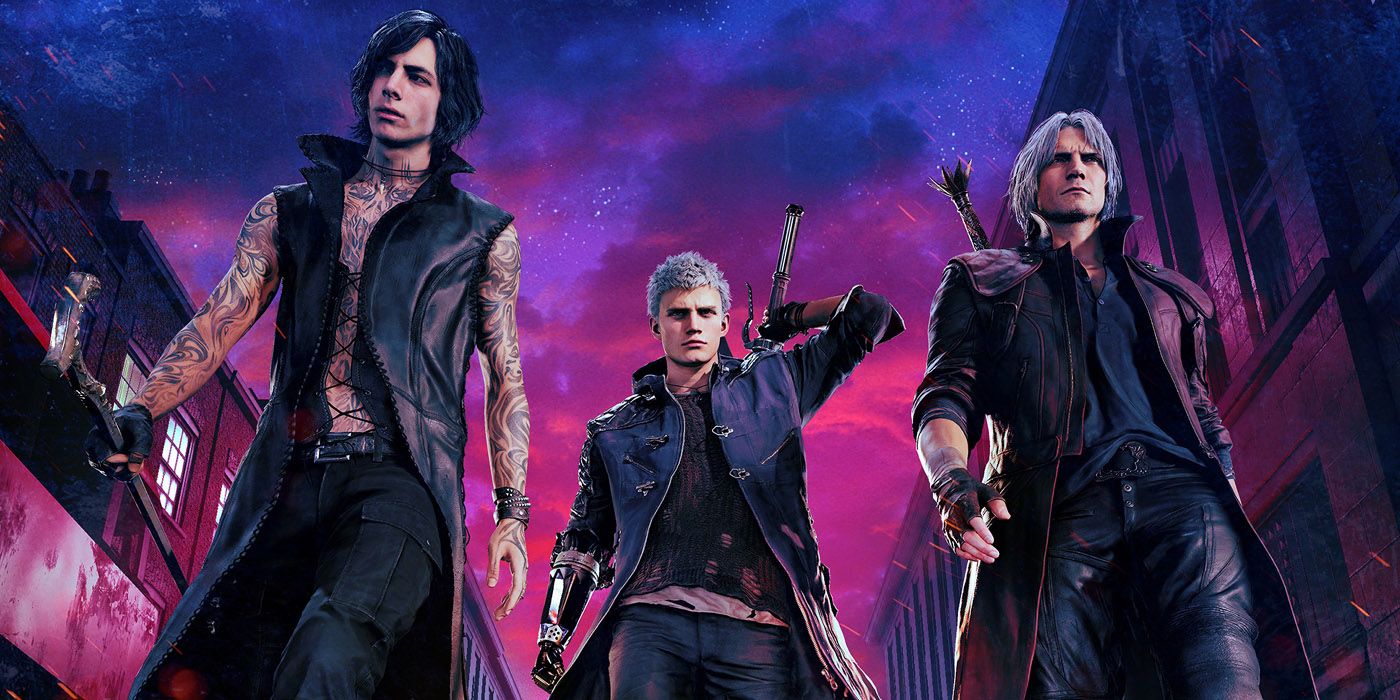
After Capcom began development on Devil May Cry 5, longtime franchise director Hideaki Itsuno consciously sought to make it the best game in the series. Released in 2019 for the PlayStation 4 and Xbox One, the game featured Dante and Nero returning, now working with a new protagonist named V. The three characters embark on different missions across Red Grave City to stop the Demon King Urizen from destroying humanity.
Critics praised the deep narrative, gameplay variety between the three protagonists and the game's balance between accessibility for new players and deepening gameplay for franchise veterans. A special edition remaster was released in 2020 for the PlayStation 5 and Xbox Series X|S, adding Vergil as a playable character.
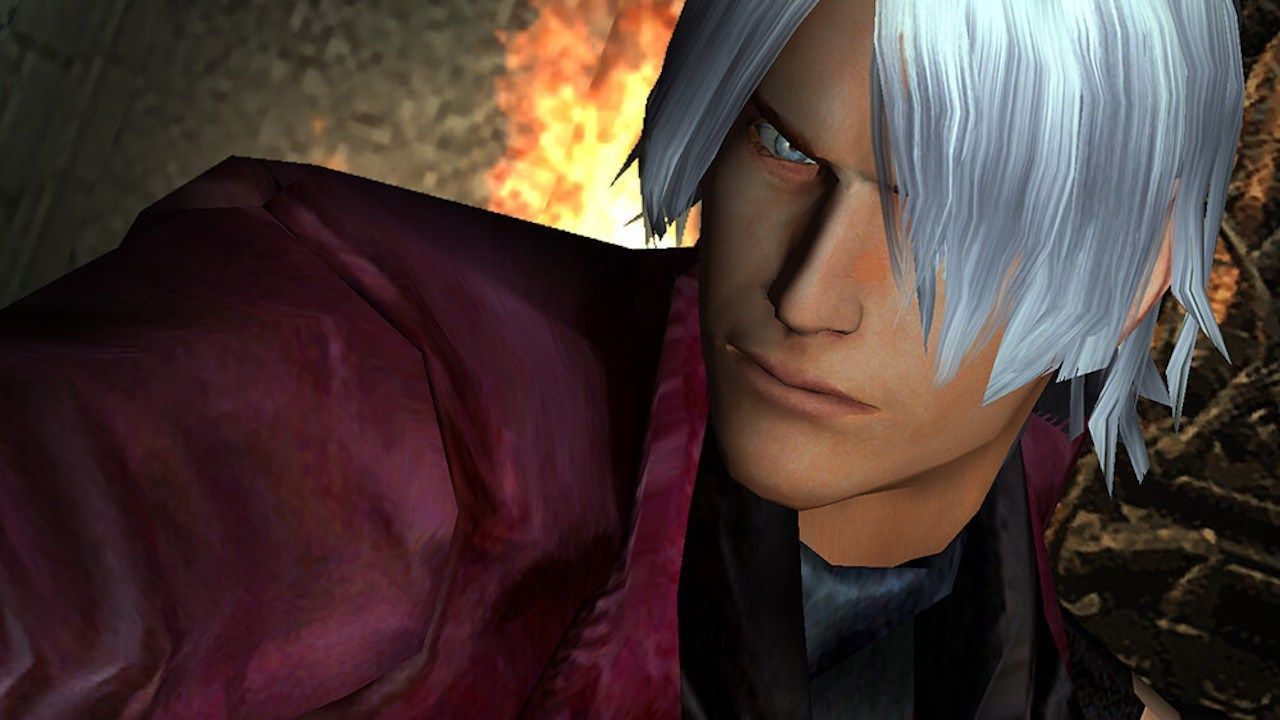
Two decades later and the original Devil May Cry, first released for the PlayStation 2 in 2001, remains the highest-rated game in the entire series. The game has Dante meet a mysterious woman named Trish, who tasks him with hunting the demonic Mundus, whom Dante blames for the deaths of his mother and brother.
Widely praised for its art design, smooth camera controls, innovative combat system and appealing characters, the game was a strong early release for the PS2 and a showcase for what the then-new console was capable of. A landmark title, Devil May Cry has remained a highly influential game for the hack-and-slash genre for decades.
0 Comments